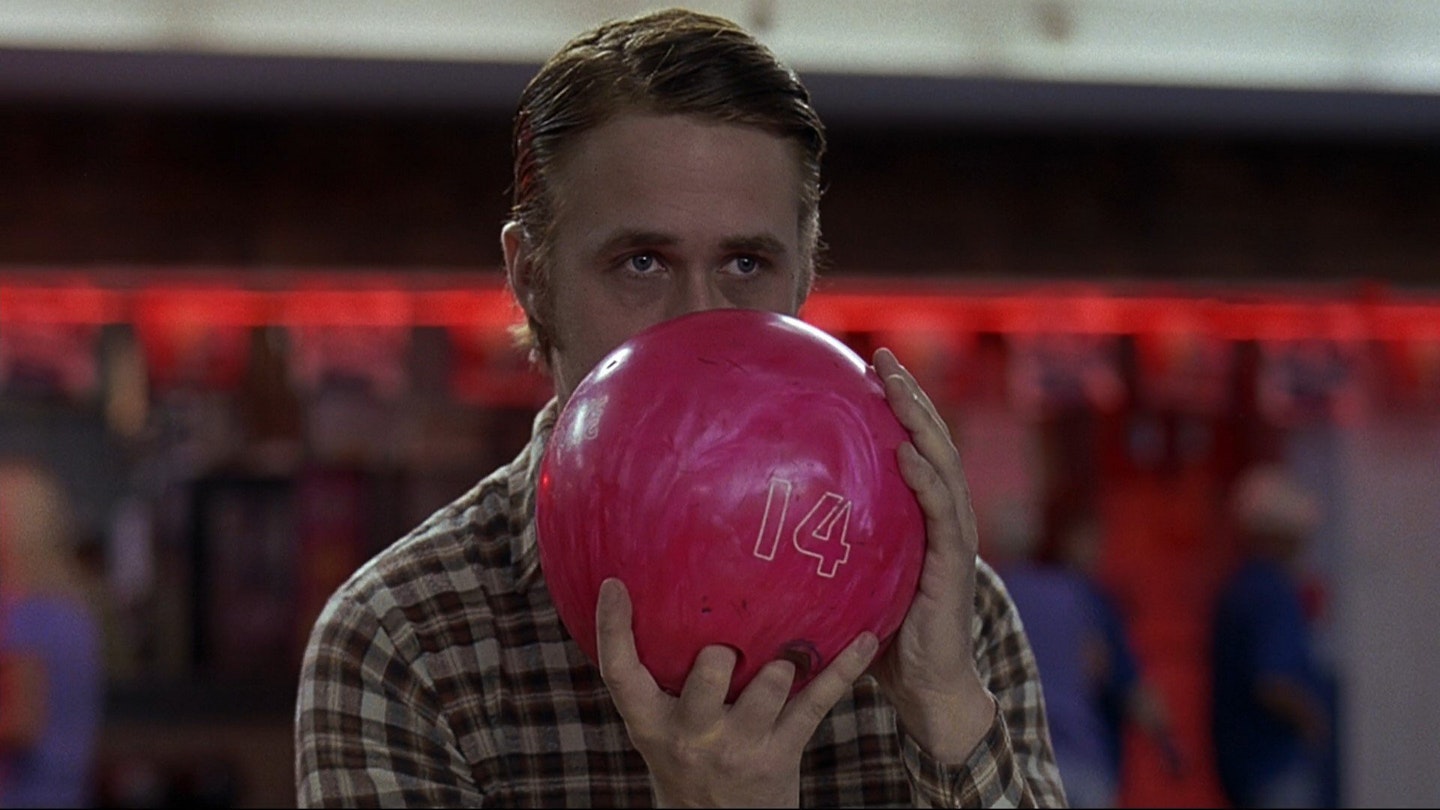Blow-up sex dolls are horrible, creepy creations. Exponentially worse are ‘Real Dolls’, the lifelike mannequins that advertise their stain-resistant surfaces (“Nothing sticks to silicone flesh!” claims one manufacturer) in queasy detail on dodgy websites. The prospect of an indie rom-com about a man’s love affair with one such fake female sounds icky, but, surprisingly, under the grubby covers lies a warm, rather sweet film.
Ryan Gosling, in another turn of utter conviction, is Lars, a buttoned-down loner who looks like he could, at any moment, snatch a gun and go on the rampage against family - gruff brother Gus (Paul Schneider) and pregnant, glowing sister-in-law Karin (Emily Mortimer) - and co-workers. Yet it’s not psychosis underneath Lars’ skittishness, but loneliness: he makes an effort to greet his receptionist each morning, but scurries in terror from a party invite that follows.
What prompts Lars to acquire his new ‘girlfriend’ isn’t made explicit. A workmate draws his attention to the Real Girl website, but it’s the tentative flirting of new office girl Margo (Kelli Garner) that seems the catalyst for Lars’ acquisition of a ‘lady’. Thus arrives Bianca, a fully functional sex doll dressed in fishnets and miniskirt. Or, as Lars sees her, a wheelchair-bound former missionary who he met on a dating site. And to sidestep the distastefulness of Bianca’s origins, the Christian ‘couple’ sleep in separate rooms and keep their relationship chaste. That may be a cop-out, but it’s essential to the rest of the film’s tone.
What follows is a story about the power of illusion to cure our ills. By loving Bianca, and building her a personality, Lars is clearly delusional - but his delusion allows him to function in a way that he never could before. Gradually, he takes steps towards dealing with others, attending family dinners and even parties - all at Bianca’s ‘request’.
The less convincing, fantastical part of the story is the way that the entire town reacts to his new squeeze. At the behest of Lars’ therapist (Patricia Clarkson) and family, the community doesn’t challenge his belief in Bianca’s reality, since it could worsen Lars’ illness. But they go further, actively embracing Bianca’s presence to surreal effect - she ‘volunteers’ as a shop mannequin, and reads to kids (via a tape recorder) at the hospital. As her role grows, Lars has to deal with jealousy and allow his ‘girlfriend’ a measure of freedom, forcing on his development as well. It’s unbelievable (not one teen shouting abuse at the weirdo with the doll?), but it’s an appealing fantasy, hinting that it takes a town to heal a loner.
The supporting cast, especially the bubbly Mortimer, are all excellent, but it’s the Scandinavian feel created by director Craig Gillespie (the same man who brought us the awful Mr. Woodcock in the same year) and cinematographer Adam Kimmel that lingers longest. Under a perpetually cloudy sky, Lars’ struggle to change, and his newfound hope at Bianca’s arrival, are oddly convincing - you too may be sucked into his reality. In the bright light of a more Hollywood sun, such a delicate love story could never have survived.


